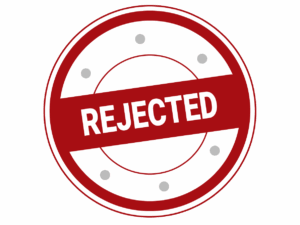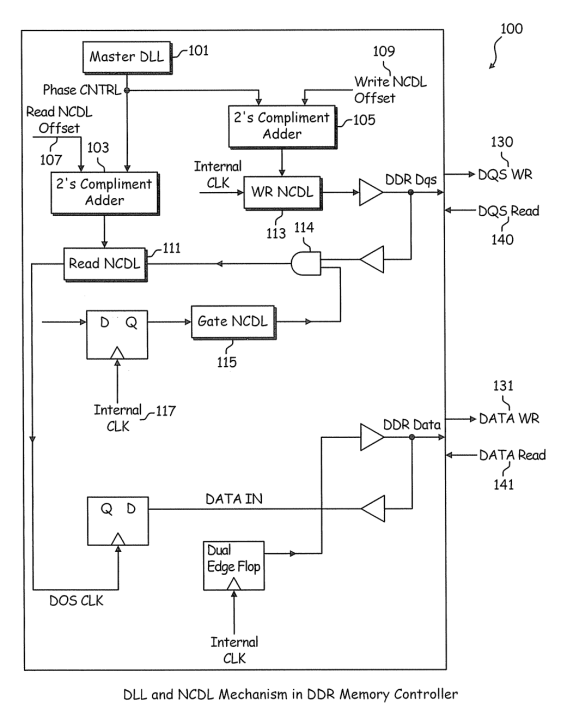Patent citations are references made within a patent document to other documents, primarily prior patents and sometimes non-patent literature, that are considered relevant to the claimed invention. These citations serve as an important mechanism for establishing the novelty and non-obviousness of an invention by highlighting the existing state of technology and distinguishing the new invention from it. They provide the historical and technological context for the invention, illustrating its relationship to what came before.
To get a complete view of citation data, it is important to understand the various types of citation data. All of which have different connotations for professionals across industries depending on their role.
Types of Citation Data
When performing patent research, the two most commonly reviewed and understood citations are backward citations and forward citations.
Backward Citations (Cited References):
Backward citations refer to earlier published documents (patents, patent applications, journal articles, conference papers, etc.) that pre-date the filing date of the patent application. They represent the “prior art” that the inventor and/or the patent examiner deem relevant to the invention.
Backward citations help to:
- Define the scope of the invention: By acknowledging existing technologies, the applicant clarifies what is new and unique about their invention.
- Establish novelty and non-obviousness: Demonstrating that the claimed invention is different from and not an obvious extension of the cited prior art is fundamental to obtaining a patent.
- Provide context: Backward citations offer a historical perspective on the development of the technology.
- Guide patent examiners: These citations assist examiners in their assessment of the patentability of the invention.
- Potentially limit patent scope: Overly broad claims that encompass the prior art cited can be challenged or narrowed based on these references.
Forward Citations (Citing References):
Forward citations refer to a specific patent made by subsequent, later-filed patent filings. They indicate the influence and impact of the earlier patent on future technological developments.
Forward citations help to:
- Assess the impact and value of a patent: A high number of forward citations suggest that a patent covers a foundational technology or an invention that has inspired further innovation.
- Identify key technologies and trends: Tracking forward citations can reveal which patents are influential in a particular field and how technology is evolving.
- Give competitive insights: Monitoring which companies are citing a patent can provide insights into competitors’ research and development activities.
- Identify potential infringers: Companies whose later patents cite an earlier patent might be working in a related area, potentially indicating infringement risks or licensing opportunities.
- Gauge the reach of an invention: Forward citations illustrate how widely the knowledge or technology disclosed in a patent has been adopted or built upon.
Beyond these two main types of citations, citations may be classified by who made them. During the patenting process, applicants, examiners, and, on occasion, third-parties may contribute to the citations of a patent.
- Application citations: These are references provided as part of the patent process by the inventor(s) or their legal representative while working with the patent office. Applicants are required to disclose any known prior-art that is relevant to the invention.
- Examiner citations: These references are added throughout the examination process by the patent examiner. While conducting prior art research, examiners will cite documents that may be relevant to the patentability of the invention. These citations often carry weight in any legal proceedings regarding a patent.
- Third-Party Citations: In some jurisdictions, third parties can submit prior art that may be relevant to pending patent applications. However, this is a less common practice.
Examiner Citations: Reasons for Invention Rejection
During the patent examination process, a patent examiner will perform searches through prior art systems, among other published materials, to determine whether the current invention has already been disclosed to the public domain or if the invention relies upon subject matter already in the public domain. This information is integral in setting the legal basis for objections, and rejections, which can be relied upon in future court proceedings. Take a look at this presentation from the USPTO for a deeper dive into the role of the patent examiner.
Examiner citation rejections come in a few varieties in the United States based on statutes in US Code Title 35. Title 35 governs all aspects of patent law in the US. They are:
- 101 – The claimed invention is not eligible for patent protection.

- 102 – The claimed invention was already known or available to the public before the effective filing date of the application.
- 103 – Based on existing knowledge and prior art, the claimed invention would be obvious to any person of ordinary skill in the invention’s relevant field.
- 112 – The written description of the claimed invention, as well as the manner of making and using the invention fails to meet the requirements for patentability.
These rejections are documented in Office Actions by the patent examiners. Patent prosecutors, representing the applicants, must then address these rejections by amending claims or providing arguments. It is important to understand that not all examiner citations identified during the examination process will still exist at the time of a patent being granted. This means they may not show up in the backward and forward citations data in some datasets.
Overall, the citation process involves examiners identifying prior art and issuing rejections, while patent prosecutors respond to these rejections to secure patent grants for their clients.
ktMINE Intellectual Property Data
ktMINE aggregates patent data from over 81 jurisdictions from across the globe and connects it with our multitude of other datasets, including trademarks, license agreements, royalty rates, and more. Making our platform a one-stop shop for IP research across industries. ktMINE also provides detailed examiner citation data that is available to assist with understanding the IP market. This information is available via API and at various points in the Search Application.
Contact our team today to see how we can get you started on your streamlined research journey.




